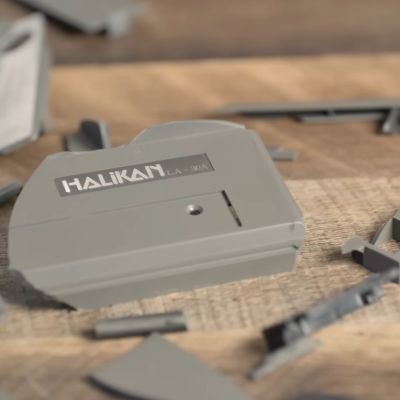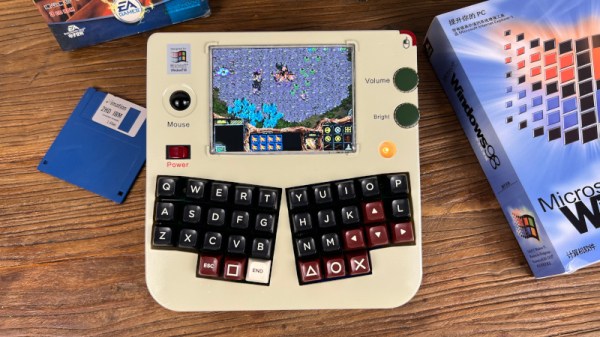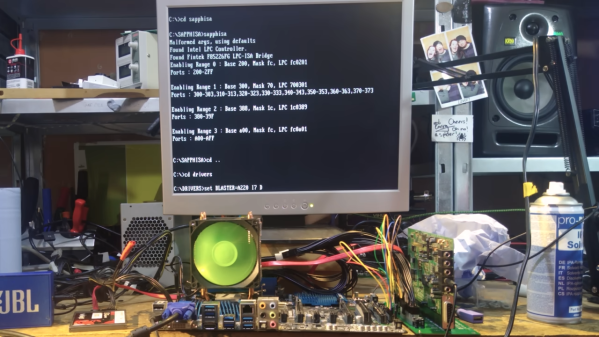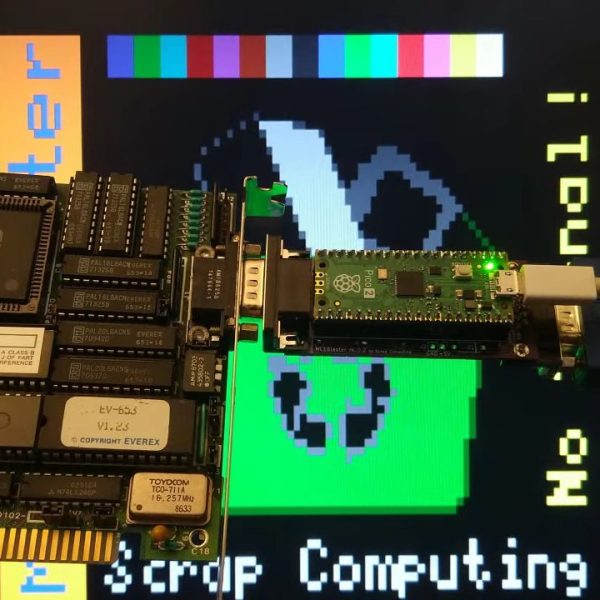 A while back [Clint Basinger] of Lazy Game Reviews fame purchased a rare 1980s Halikan laptop. When he received the parcel, at first glance, everything seemed in order. Upon opening the original laptop bag, however, it was found that the combination of the heavy power supply in a side pocket and the brittle plastic of the laptop’s case had turned the latter into sad fragments of regret. At the time [Clint] wasn’t sure what he’d do, but fortunately [polymatt] stepped in with the joyful news: we can rebuild it; we have the technology.
A while back [Clint Basinger] of Lazy Game Reviews fame purchased a rare 1980s Halikan laptop. When he received the parcel, at first glance, everything seemed in order. Upon opening the original laptop bag, however, it was found that the combination of the heavy power supply in a side pocket and the brittle plastic of the laptop’s case had turned the latter into sad fragments of regret. At the time [Clint] wasn’t sure what he’d do, but fortunately [polymatt] stepped in with the joyful news: we can rebuild it; we have the technology.
Obviously, the sad plastic fragments of the original case weren’t going together again in any meaningful way, nor would this have been helpful, but the pieces, along with photos of an intact laptop, helped with the modelling of a digital model of the case. One model and one 3D printer is all you need. For this case, the print used ABS, with gaps between the segmented prints filled with an ABS slurry, as the case was too large to be printed without jumping through some hoops.
Continue reading “Recreating The Destroyed Case Of LGR’s Rare 1980s Laptop”

















